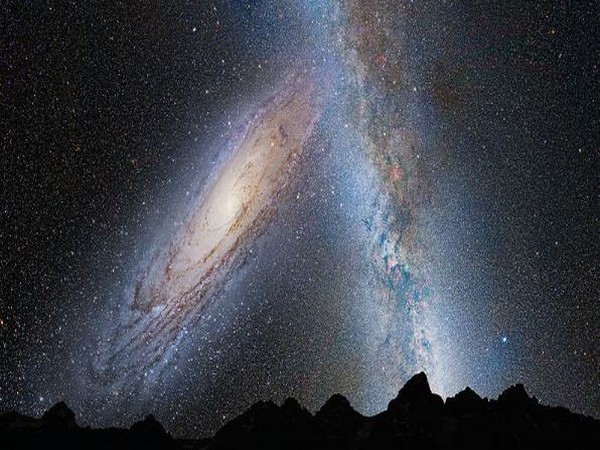Milky Way-like galaxies surprisingly common in early universe

- Country:
- United Kingdom
An international team of researchers including from The University of Manchester and the University of Victoria in Canada, have found that galaxies like our Milky Way are surprisingly common throughout the universe, challenging previous theories that these types of galaxies were too fragile to exist in the early Universe due to common violent encounters and that they only formed after the Universe was already middle-aged.
The discovery, published in the Astrophysical Journal, was made possible using the extraordinary capabilities of the James Webb Space Telescope (JWST). Based on these findings, scientists say new ideas need to be considered about the formation of the first galaxies and the evolution of the Universe over the past 10 billion years.
The Milky Way is a disk galaxy, characterized by a thin, pancake-like shape. It features spiral arms where stars actively form and are home to many of the galaxy's stars, including our life-giving star - the Sun.
According to new research, disk galaxies such as our Milky Way are ten times more common than what astronomers believed based on previous observations with the NASA/ESA Hubble Space Telescope, which suggested that galaxies had mostly irregular and peculiar structures resembling mergers.
"Using the Hubble Space Telescope we thought that disk galaxies were almost non-existent until the Universe was about six billion years old, these new JWST results push the time these Milky Way-like galaxies form to almost the beginning of the Universe," said Christopher Conselice, Professor of Extragalactic Astronomy at The University of Manchester.
"These JWST results show that disk galaxies like our own Milky Way, are the most common type of galaxy in the Universe. This implies that most stars exist and form within these galaxies which is changing our complete understanding of how galaxy formation occurs. These results also suggest important questions about dark matter in the early Universe which we know very little about," Professor Conselice added.










